AACHM Oral History: Carl James Johnson
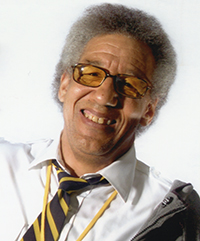 Carl James Johnson was born in 1945 in Willow Run, Michigan. His family moved to Ann Arbor when he was seven years old, after his mother suffered a stroke. He attended Jones School and Tappan Junior High and participated in the French Dukes drill team in the early 1960s. Johnson served in Vietnam in the Navy Seabees unit, where his drill experience spared him from direct action. For most of his career he worked as a caterer at the University of Michigan and Domino Farms. He celebrates his Black and Native American heritage by volunteering on the Pine Ridge Indian Reservation.
Carl James Johnson was born in 1945 in Willow Run, Michigan. His family moved to Ann Arbor when he was seven years old, after his mother suffered a stroke. He attended Jones School and Tappan Junior High and participated in the French Dukes drill team in the early 1960s. Johnson served in Vietnam in the Navy Seabees unit, where his drill experience spared him from direct action. For most of his career he worked as a caterer at the University of Michigan and Domino Farms. He celebrates his Black and Native American heritage by volunteering on the Pine Ridge Indian Reservation.
Ann Arbor News Outdoor Editor Doug Fulton Teaches Nature Appreciation to School Children, circa 1960 Photographer: Anna Fulton
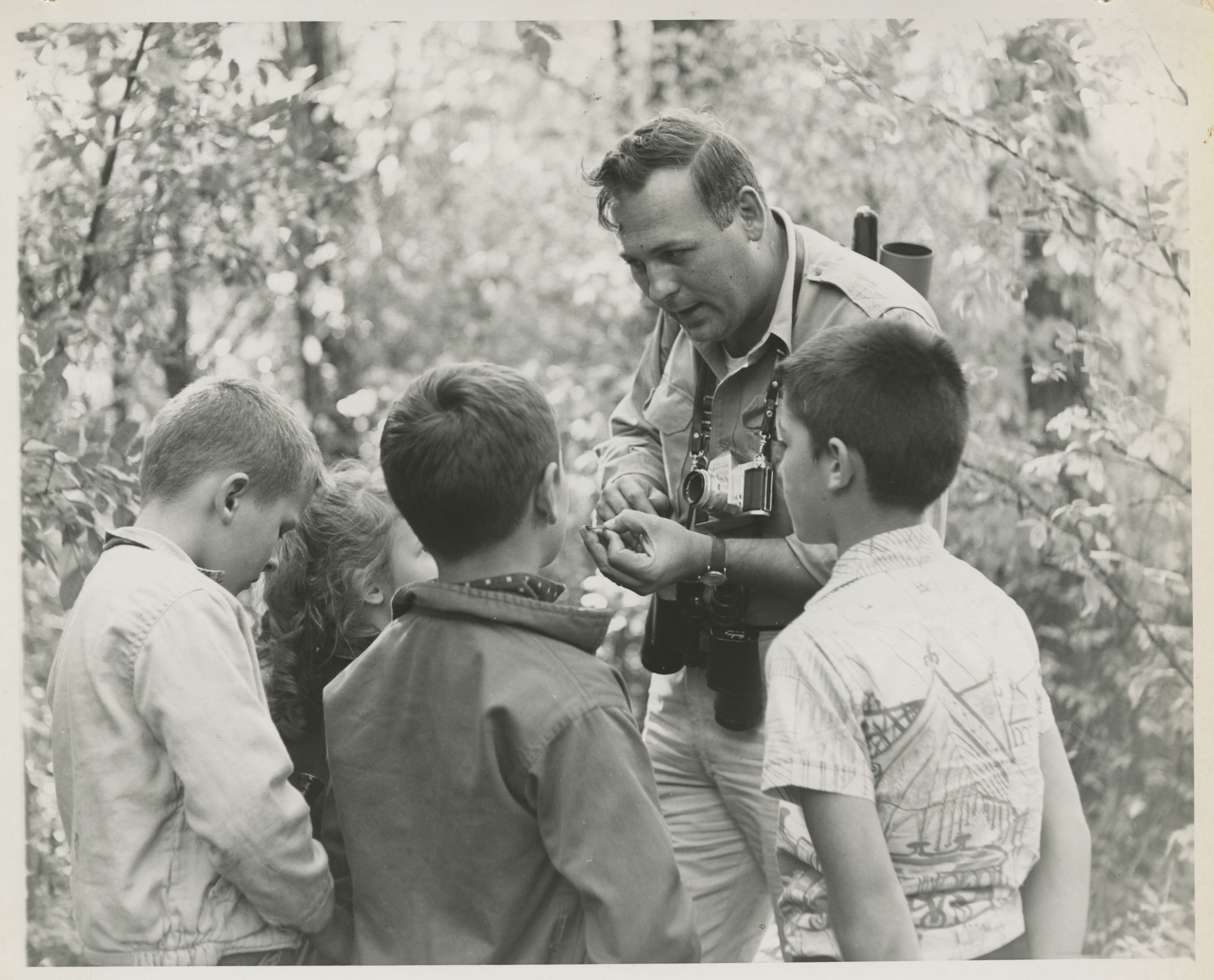
Year:
c.1960
Copyright
Copyright Protected
Ann Arbor News Outdoor Editor Doug Fulton Teaches School Children About the Environment, circa 1960 Photographer: Anna Fulton

Year:
c.1960
Copyright
Copyright Protected
Seeking Justice
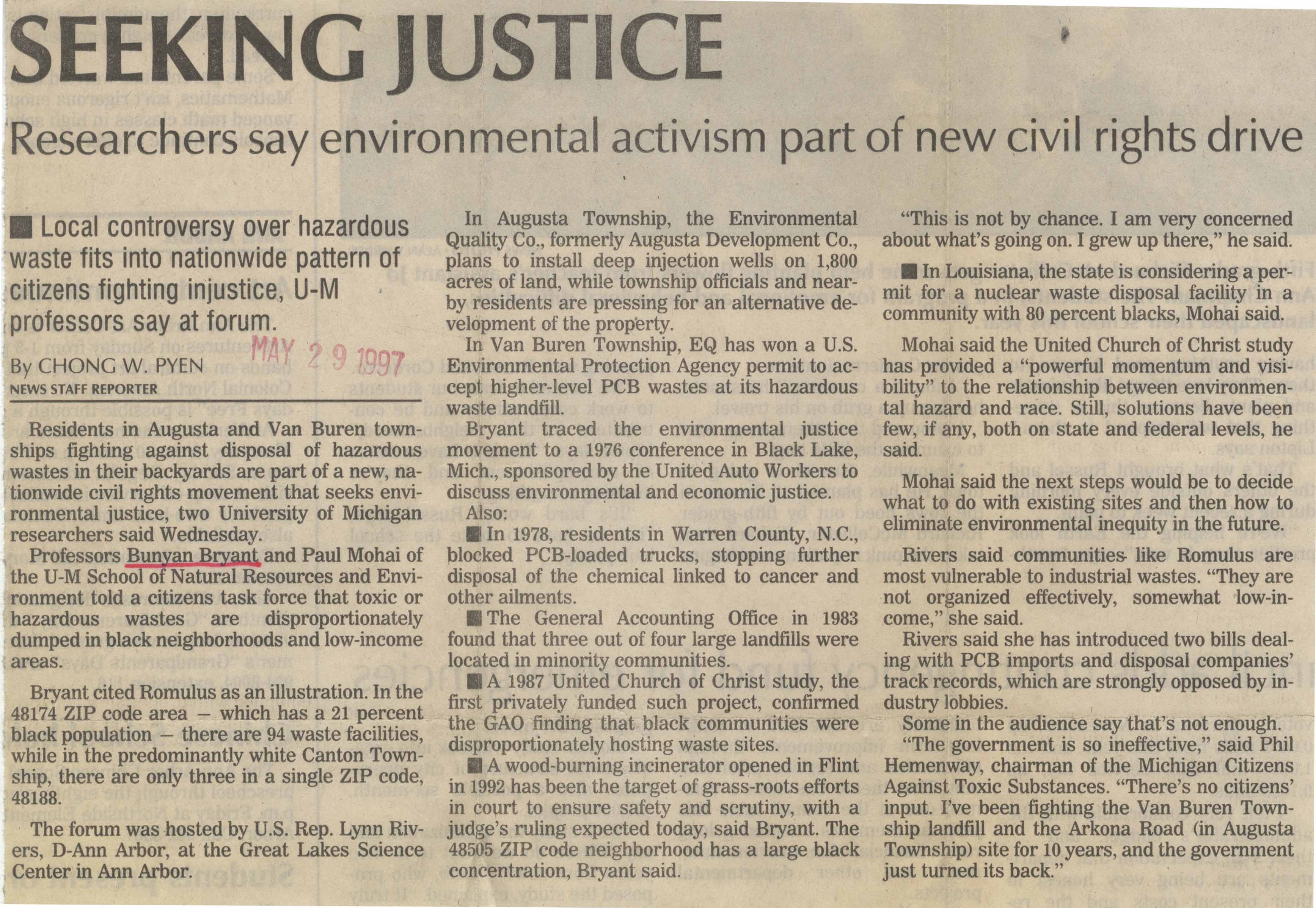
Parent Issue
Day
29
Month
May
Year
1997
Copyright
Copyright Protected
- Read more about Seeking Justice
- Log in or register to post comments
Environmentalists Shift Focus To Inner City
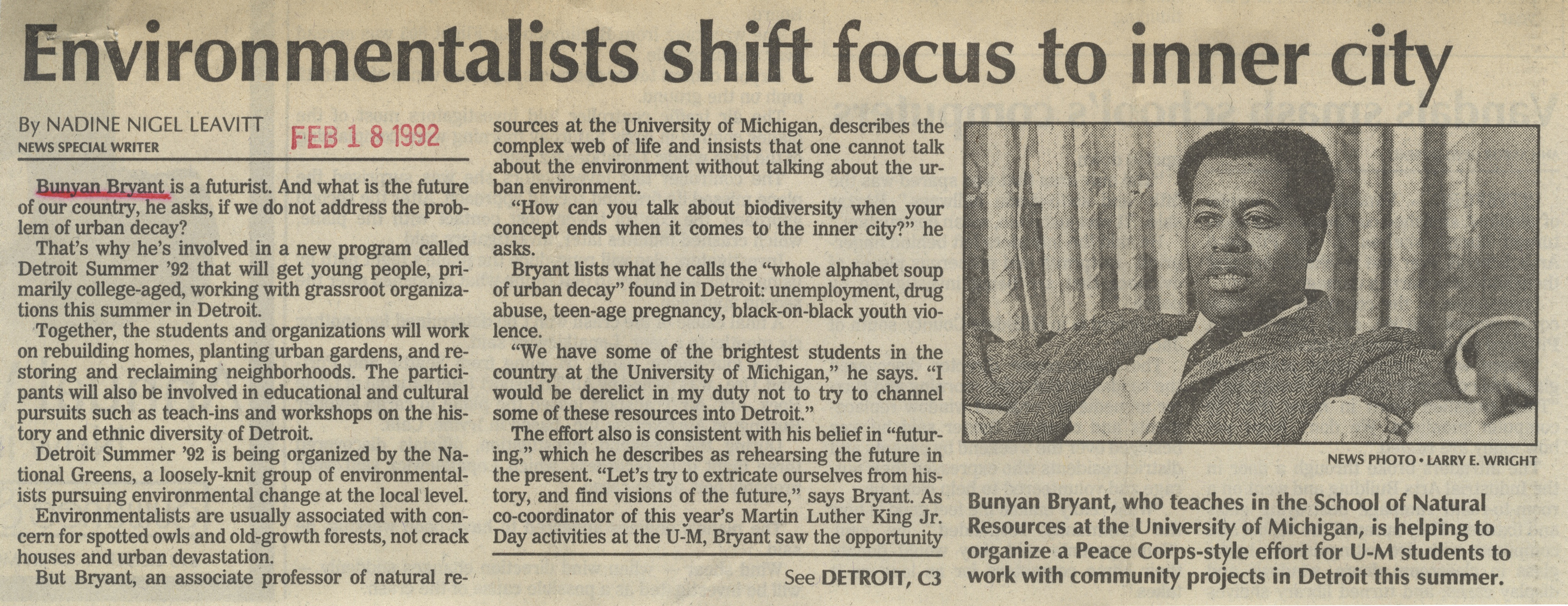
Parent Issue
Day
18
Month
February
Year
1992
Copyright
Copyright Protected
- Read more about Environmentalists Shift Focus To Inner City
- Log in or register to post comments
Pupils' Anti-Pollution Effort Wins Award From Milliken
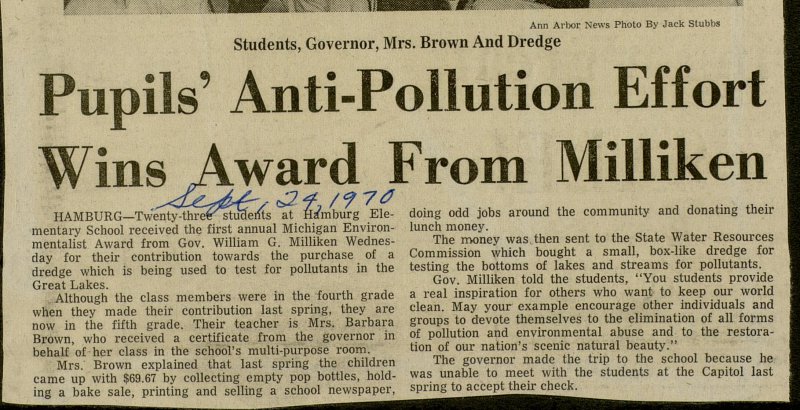
Parent Issue
Day
24
Month
September
Year
1970
Copyright
Copyright Protected
- Read more about Pupils' Anti-Pollution Effort Wins Award From Milliken
- Log in or register to post comments